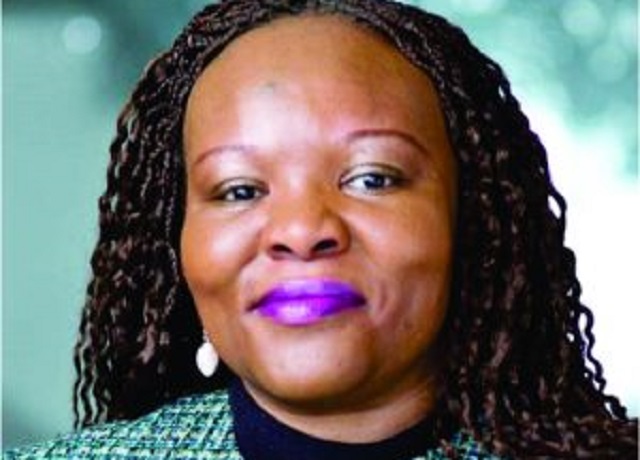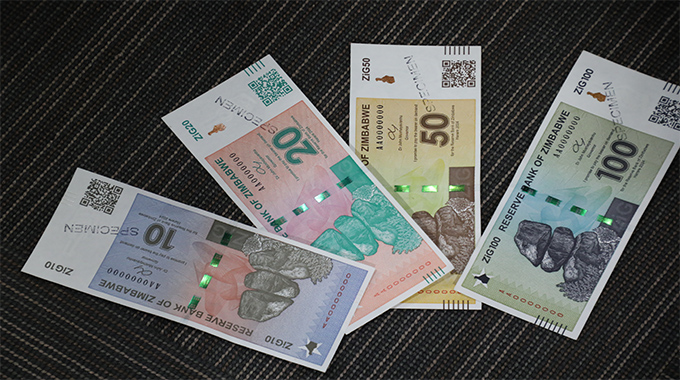Sadc states urged to have unity of purpose to achieve financial inclusion

Leonard Ncube in Victoria Falls
THE Sadc Bankers’ Association has called on the bloc’s member states to have unity of purpose towards achieving financial inclusion and a common monetary union for the region.
The association targets to have a harmonised banking system by the end of the year. Sadc states recently agreed to use the United States dollar as a trading currency for payment and to improve settlement of transactions among banks within the region.
Of late the bloc has been using the South African rand as the Sadc Integrated Regional Electronic Settlement System (SIRESS) settlement currency.
SIRESS is a regional electronic payment system developed by member states to settle cross-border transactions faster without having to rely on intermediary banks from outside the 17-member bloc.
The Sadc Bankers’ Association, which is housed at the South African Reserve Bank, targets to fully harness the United States dollar to the settlement system in all member states by October while complete harmonisation of the industry should be completed in December this year.
In a recent interview in Victoria Falls, the association’s executive secretary, Ms Maxine Hlaba, said interoperability among financial institutions was key in the region.
“We are trying to build this around the region and we hope by December we should be up and running subject to approval by the regulator,” said Ms Hlaba.
She appealed for dialogue among member states.
“The Sadc Bankers’ Association’s vision is to look at environment and harmonisation of industry. Investment protocols were signed by respective Heads of State towards regional integration and adoption of one currency, one central bank and one switch.
“That was the mandate on how to set regional standards with focus on cross border payments as opposed to domestic transactions. Central banks in Sadc came together and joined in RTGS and countries have seen that interoperability can work. What we need now is just to get to the table and talk.”
Ms Hlaba said financial inclusion was the way to go hence member states need to hit over the head as well and join hands with mobile money networks.
“I know if we can work together we can achieve it. We need Comesa, EAC and Sadc to work together, the sticking issue is to see systems work together,” said Ms Hlaba.
She stressed the need to remove cross border checks and adopting one currency saying these will not phase out other currencies.
“All currencies are eligible provided they have liquidity,” she said.
The common monetary area is in line with the Sadc Protocol on Finance and Investment, which seeks to improve the regional investment climate through enhanced co-operation among member states on payment, clearing and settlement systems in order to facilitate trade integration.
It’s operationalisation will bring relief to people from the region especially cross order traders who face tough times and lose money while changing from one currency to the other. A number of banks in Sadc states including Zimbabwe and new member Seychelles, are part of the closed group through SIRESS while Comoros and Madagascar are expected to join soon.
South Africa, Namibia, Lesotho and eSwatini also have the Common Monetary Area (CMA), which links them into a monetary union. The Sadc Bankers’ Association was formed in 1998.
@ncubeleon








Comments